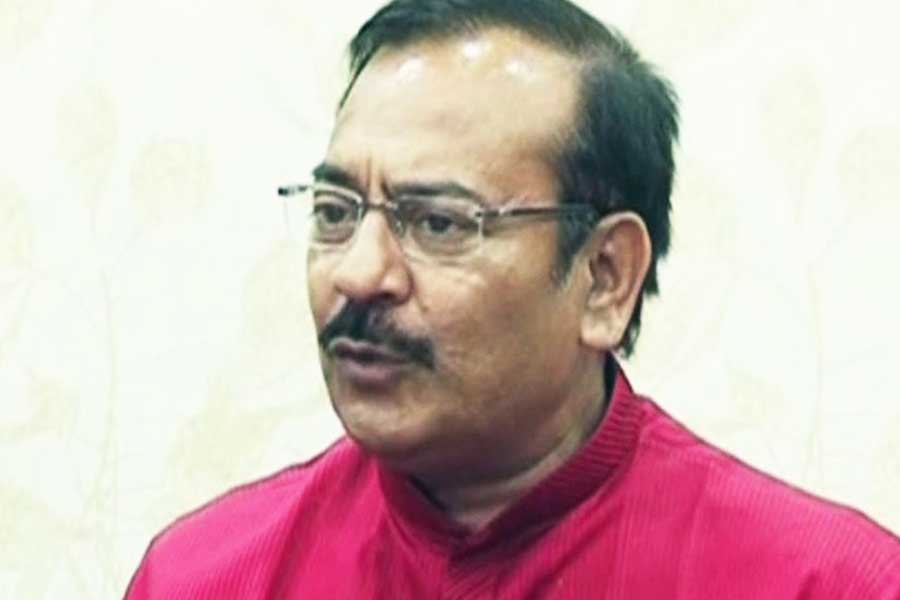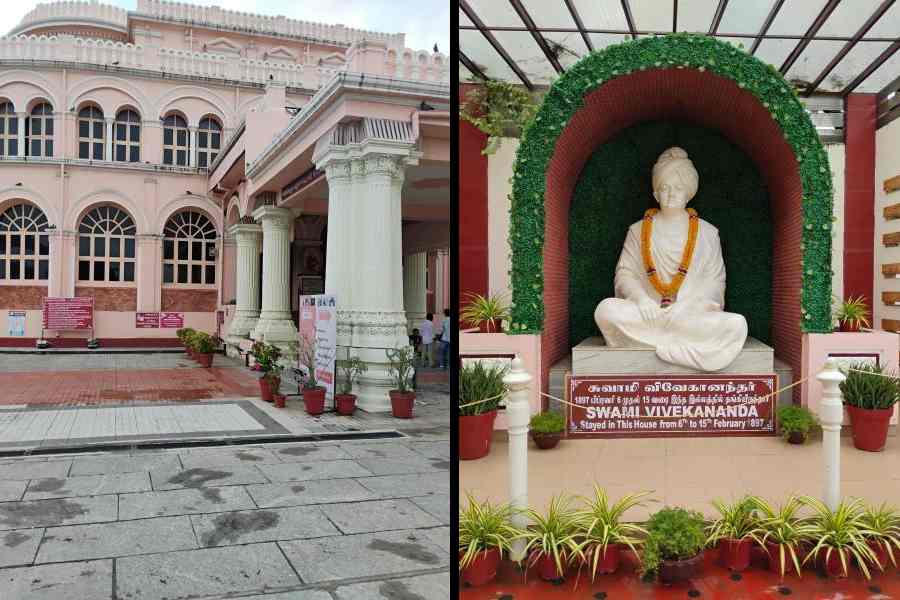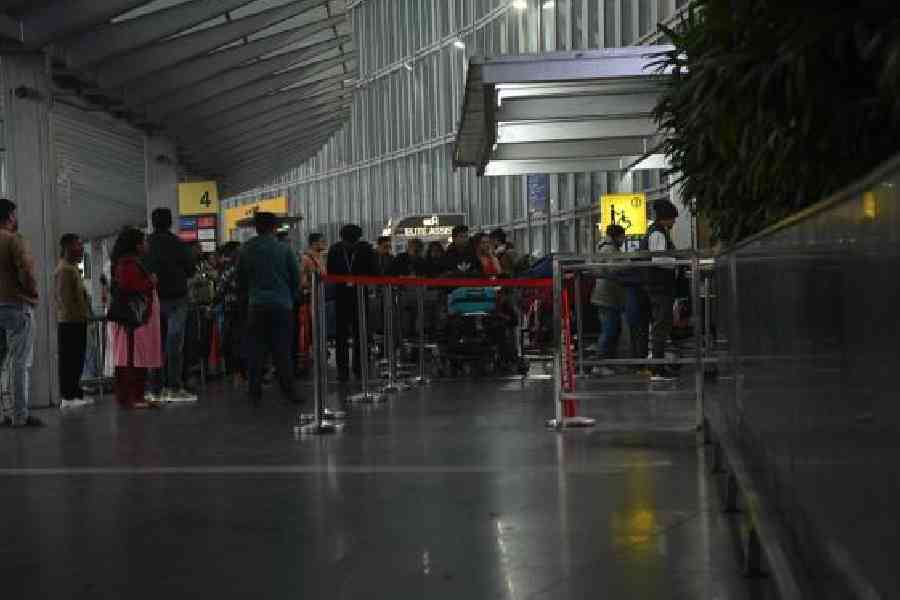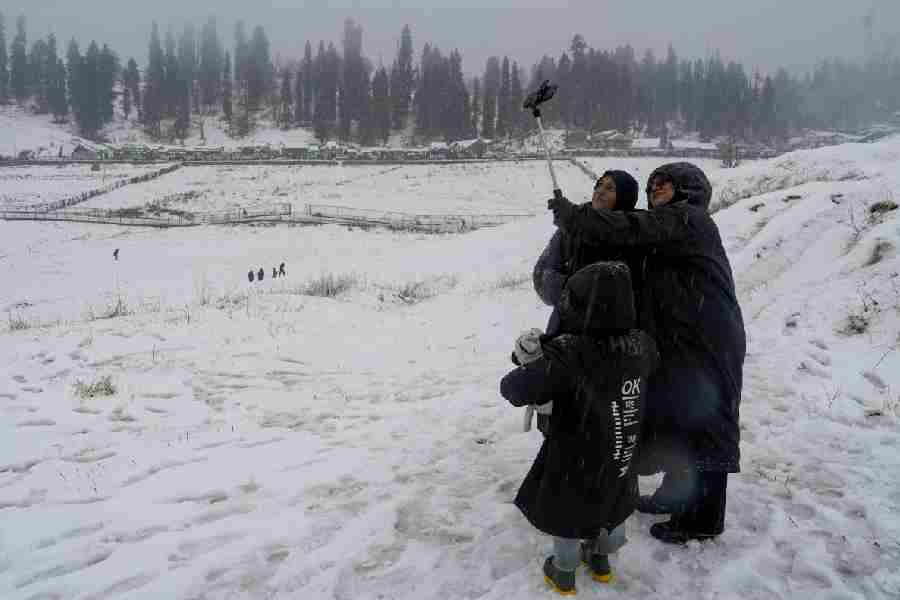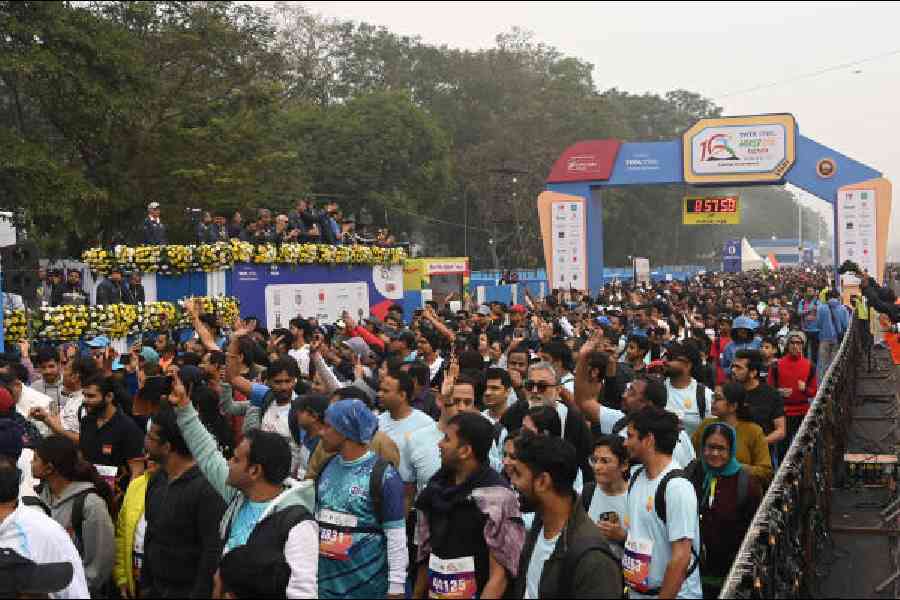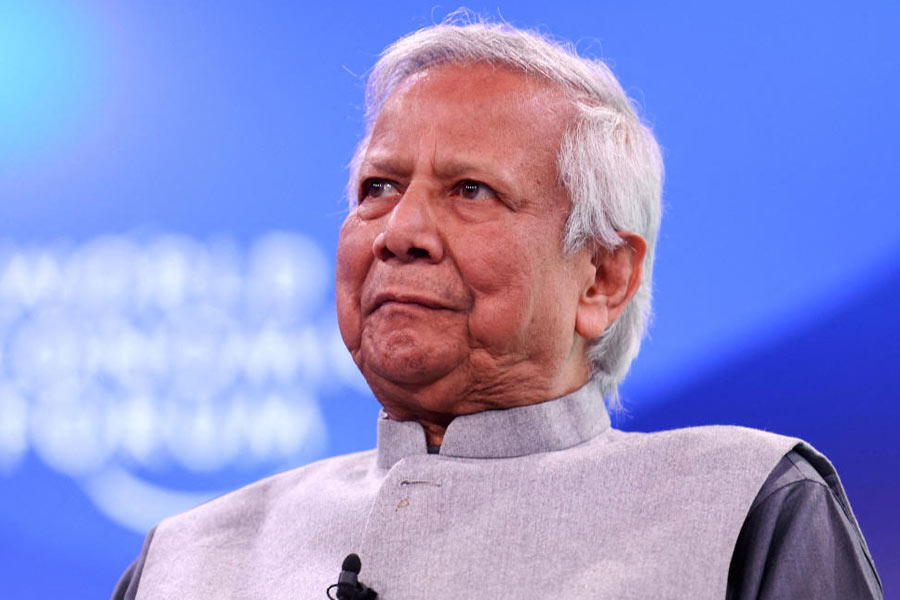Oct. 16: The “black day”, called by militant outfits in Tripura and Manipur yesterday in protest against the states’ merger with the Indian Union on October 15, 1949, evoked different reactions in the two states. While life continued as usual in Tripura, the strike was total in Manipur.
Although the banned All-Tripura Tiger Force and the National Liberation Front of Tripura (NLFT) had circulated pamphlets urging the people to observe yesterday as “black day”, life went on as usual throughout the state including in the interior areas.
The militants claimed that Tripura had been tricked into signing the merger with the Indian Union by the “Bengali ministers, the then king and the Centre”.
The view was supported by Indigenous Nationalist Party of Tripura (INPT) president and former rebel leader, Bijay Hrangkhawl, during a speech delivered in Geneva in July.
However, this view is challenged by historical evidence. Tripura’s last monarch, Bir Bikram Kishore Manikya, had agreed to the merger with India and had appointed Girija Shankar Guha as minister to represent the state in the Constituent Assembly on April 18, 1947, a month before his death.
According to the “Tripura District Gazetteers”, compiled by state education secretary K.D. Menon, Maharani Kanchanprava Debi signed the “Instrument of accession” on August 13, 1947, making Tripura a princely state within the Indian Union.
The Maharani had described this as the “last wish of the Maharaja”. The Indian government formally took over the administration of Tripura on October 15, 1949.
In Manipur, hundreds of protesters, led by the Manipur Peoples’ Liberation Front (MPLF), took out rallies in the four valley districts of Imphal West, Imphal East, Bishnupur and Thoubal. They carried placards and shouted slogans to denounce what they termed as India’s “forced annexation of Manipur”.
The demonstrators also burnt effigies of Prime Minister Atal Bihari Vajpayee and deputy Prime Minister L.K. Advani as well as copies of the merger agreement. Vehicles stayed off the road while schools, colleges, banks and all major markets remained closed. Normal functioning of government offices was also hit because of thin attendance.
Although no violence was reported from anywhere, police arrested four youth for trying to hoist black flags in Imphal East.
The MPLF, the umbrella organisation comprising Peoples’ Revolutionary Party of Kangleipak, Revolutionary Peoples’ Front (political wing of the Peoples’ Liberation Army) and the United National Liberation Front, has alleged that Maharaja Bodhchandra Singh had been forced at gunpoint to sign the merger agreement on September 21, 1949 in Shillong.


